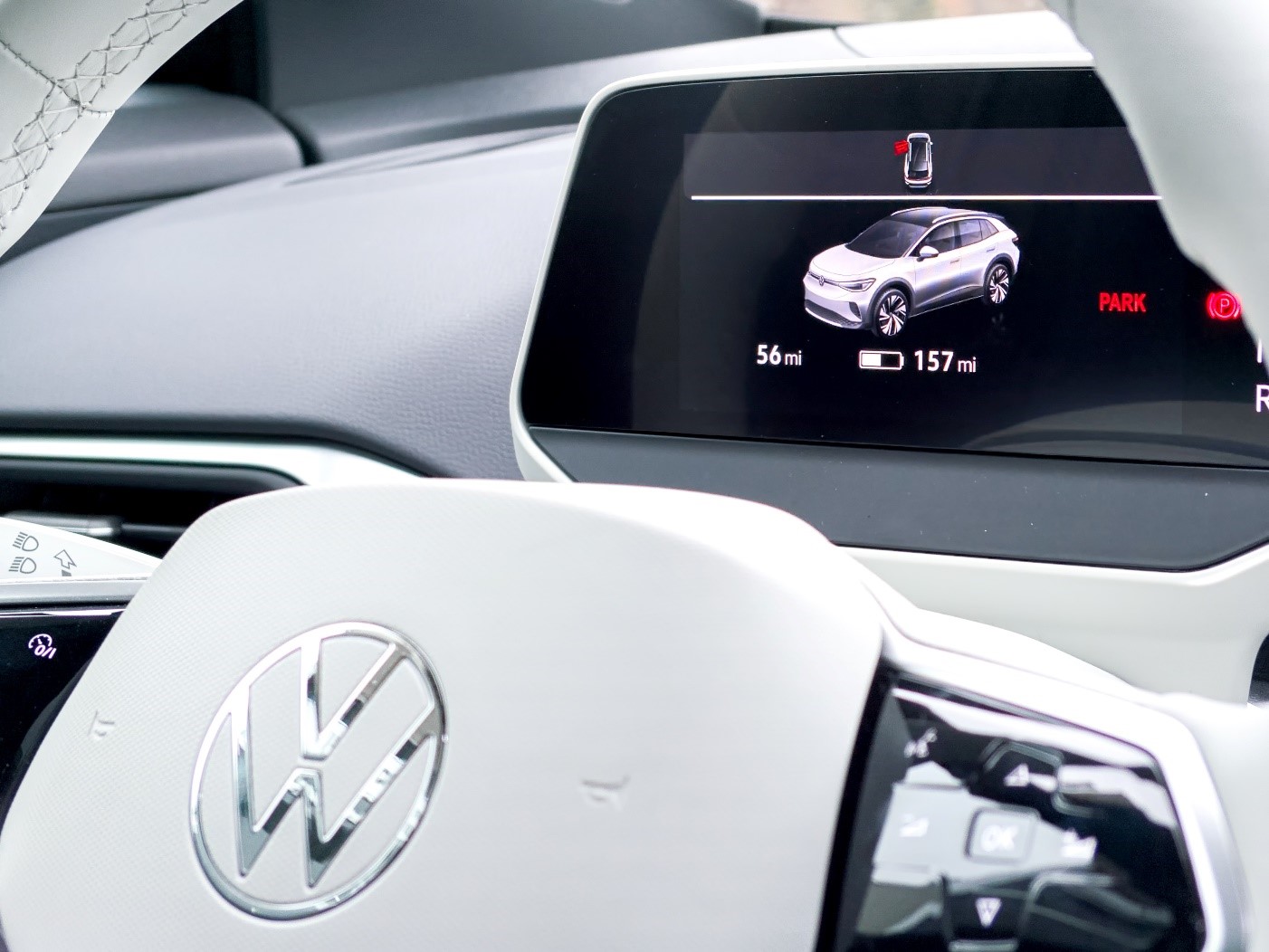Before any novelty gets generally accepted, we tend to be skeptical, it’s human nature to be suspicious. We can only assume we are the same when we first explore something new, but we gave avocado on toast a run for its money.

It’s not going to be any different with EV technology.
Is an EV’s capacity enough for on-demand driving?
Yes, being concerned about the range is still the major reason that many drivers are reluctant to switch to an electric vehicle. And it’s understandable.
However, it is normal for us to feel that way when we are exploring something new.
Eager EV supporters and early adopters are frequently too prejudiced to recognize that their electric vehicles aren’t without faults and may make you feel clueless if you even suggest that you’re worried about range.
They may reject any difficult topic in order to protect EVs, but rest assured, they all had the same reservations at one point. Because data does not lie, range anxiety is real, and it’s reasonable to be worried.
A Kia Niro Self-charging Hybrid can travel over 700 miles on a single gallon of petrol. An electric compact SUV, such as the Hyundai Kona, which has less than half of the range – roughly 300 miles on a single charge.
So, how useful is an EV as a work tool?
The fact is, no matter how you look at something, petrol and diesel cars are more efficient than the new electric technology. If that is the case, why, do you see an increasing number of people driving electric vehicles around London?
It’s simple: in the city, the electric version is irrelevant.
1. You’ll drive less while earning the same amount.
Arrow Car Hire maintains a careful watch on how and how much our members drive and earn so that we can always offer the vehicles and services that best fit their needs.
We discovered that our members who use electric cars drive around 20% less than those who drive petrol-hybrids. The explanation is simple: without the Congestion Charge, they can concentrate on driving in Central London, requiring less transit time in between riders and hence earning more per mile even before any EV benefits.
It’s also worth noting that even our full-time drivers in London usually travel more than 120 miles per day, which is around half the overall range of a normal EV.
So, even if you start the day at 70-80 % charge, you’ll have plenty of space when you come home.
2. Electric vehicles are more efficient while travelling in cities.
EVs were designed with cities in consideration. Sure, on a drive to Glasgow, you’d have to stop at least once to charge it up even the MG5, which is known for its longer-than-average range. And it’ll be a long until you can start off again, adding a few hours to your journey – you’re definitely better off with a petrol car if you’re in a hurry. In London, though, you’ll seldom use up an entire charge in a single day.
3. When was the most recent time you ran out of fuel?
The theory is difficult to contest running out of power in an EV is a major issue. And if you’re down with your last electron, this will take much longer to get back on the road.
However, running out of fuel is not a pleasant experience. Can you do it all the time since you don’t need to call a trailer to go home? We believe that if you’re responsible enough not to use your petrol car until it’s on its last gasp, you’ll have no issues keeping adequate charge in your EV as well.

Be First to Comment